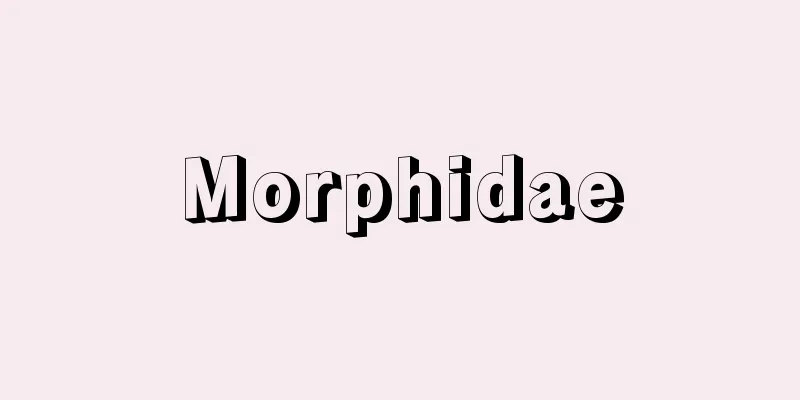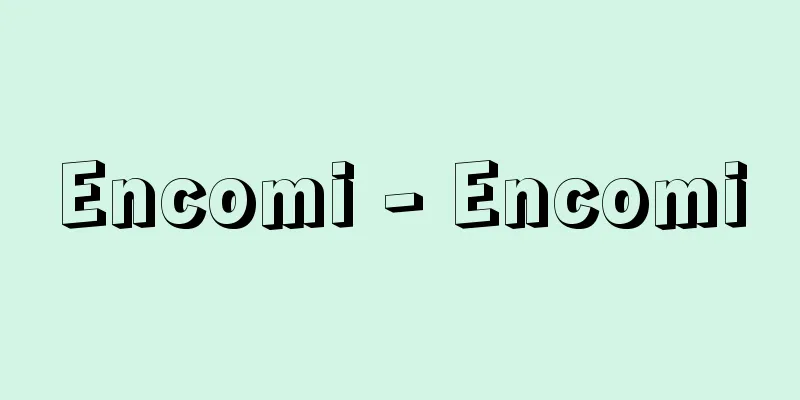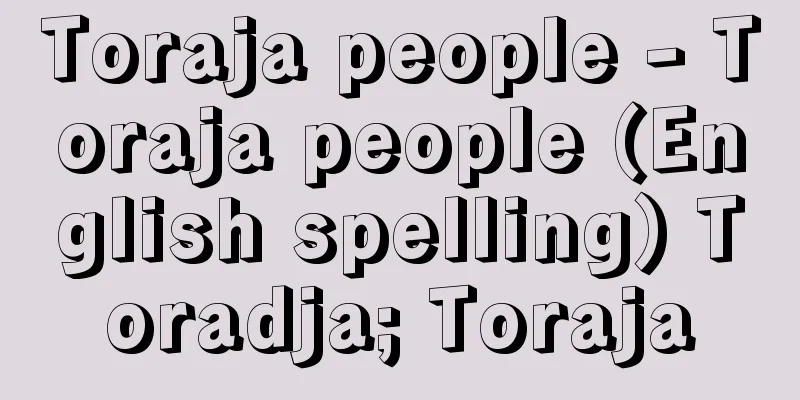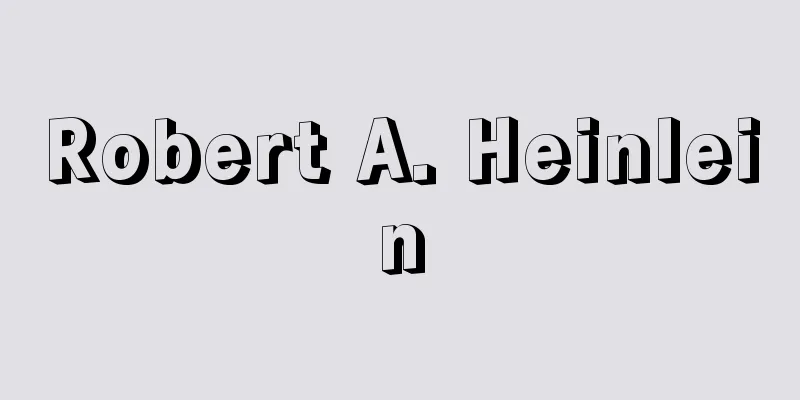Printed wiring
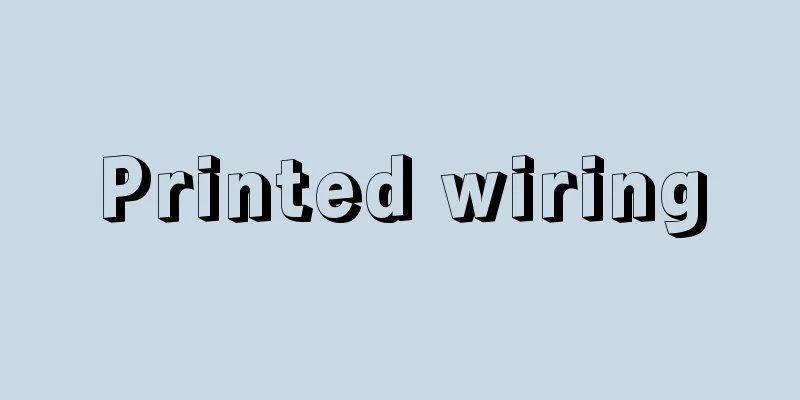
|
This is a method of forming electronic circuits by mass-producing conductive wiring patterns on flat substrates made of resin, ceramics, etc., using printing techniques. It is also called printed wiring. Since a circuit can be constructed simply by attaching devices to the designated positions on the substrate, there is no risk of incorrect wiring and the circuit can be made compact. Printed wiring was born out of the desire to miniaturize electronic circuits, and up until around World War II, silver paint was applied to glass or ceramics, or carbon was printed and baked on. The copper-clad lamination method that is most widely used today was patented in the UK in 1942, and was used extensively for military purposes during World War II. Later, in 1947, a patent application was filed in the US for a method in which circuits are printed with acid-resistant ink and excess areas are removed by etching, leading to its spread to civilian use in automobile instruments and the like. In Japan, it began to be used in 1955 (Showa 30) with the emergence of transistor radios, and is now widely used due to its small size, light weight, and ease of mass production. Materials for printed wiring boards include thermosetting resins such as epoxy and phenol, combinations of paper and glass cloth, and ceramics, but polyimide resin is used for those that require flexibility. Wiring methods include the etching method, in which copper foil is attached to the entire surface with an adhesive and then removed by chemical etching leaving the wiring sections; the plating method, in which only the wiring sections are electrolessly plated on the insulating board; the printing method, in which a conductive paint is printed on and applied to fix the wiring; and the pressing method, in which copper foil cut into a wiring pattern is heated and pressed into the insulating board. Printed wiring can be single-sided, double-sided, or multi-layered, depending on the type, but multi-layer ceramic printed circuit boards are also manufactured for semiconductor integrated circuits. Dip or soldering methods are used to connect other elements or components to printed wiring boards, allowing hundreds or thousands of connections to be made in a matter of seconds. This also facilitates automatic insertion of components and automatic inspection after assembly. [Michinori Iwata] "Electronic and Communication Parts" by Yoshikazu Kitamura (1965, Corona Publishing) Source: Shogakukan Encyclopedia Nipponica About Encyclopedia Nipponica Information | Legend |
|
樹脂、セラミックスなどの平板基板上に導電性をもつ配線図形を印刷手法で多量につくり、電子回路を形成したもの。印刷配線ともいう。基板上の所定の位置にデバイスを取り付けるだけで回路が構成できるので誤配線のおそれがなく、回路をコンパクトにまとめることができる。 プリント配線は電子回路を小型化したいという要求から生まれたもので、第二次世界大戦ごろまではガラス、セラミックス上に銀のペイントを塗布したり、カーボンを印刷焼付けしたものを使用した。現在もっとも広く用いられている銅張り積層方式は1942年のイギリスの特許で、第二次大戦中軍用に多く用いられた。その後47年には、耐酸性インキで回路を印刷し、余分の箇所をエッチングで取り除く方式がアメリカで特許出願され、自動車用計器など民生用にも普及することとなった。日本では1955年(昭和30)からトランジスタラジオの出現とともに使われだし、小型、軽量で量産性がよいため広く普及している。 プリント配線用の基板材料は、エポキシ、フェノールなどの熱硬化樹脂、紙、ガラス布などを組み合わせたものとかセラミックスなどであるが、可撓(かとう)性を要求されるものにはポリイミド樹脂を用いる。 配線方法には、銅箔(はく)を接着剤で全面に張り付け、配線部分を残して化学エッチングで取り去る食刻法のほか、絶縁板上に配線部分だけを無電食めっきするめっき法、導電性塗料を印刷塗布して配線を固定する印刷法、配線パターンに切った銅箔を加熱して絶縁板に押し込む圧(おし)込み法などがある。 プリント配線はその形により、片面、両面のものと、多層配線用のものがあるが、半導体集積回路用として多層セラミックスプリント板もつくられている。プリント配線板にほかの素子とか部品を接続するにはディップ法あるいはソルダリング法が用いられ、数百、数千の接続を数秒で行わせることができる。また、部品の自動挿入や組立て後の自動検査も容易となる。 [岩田倫典] 『喜田村善一著『電子・通信部品』(1965・コロナ社)』 出典 小学館 日本大百科全書(ニッポニカ)日本大百科全書(ニッポニカ)について 情報 | 凡例 |
Recommend
Archidamus War
The first period of the Peloponnesian War (431-421...
Fundus
...The reasons for the transition from slavery to...
Karl Johann Kautsky
A theoretical leader of German Social Democracy r...
Business profits tax - business profits tax
…At the end of the Taisho period, there was a mov...
Polaron
…On the other hand, there are cases where the mot...
Cartil - Cartil
…The Sassanid Empire was originally devoted to th...
Giant Rock Fan - Giant Rock Fan
...Distributed in Honshu. There are variations de...
Quilapayun
...Resistance songs created in various countries ...
clan
…Although the Japanese word 'clan' is oft...
Quirinus Kuhlmann
1651‐89 Mystic, poet and prophet from Breslau (now...
Monetary Veil View
…J. Stewart, who wrote Principles of Economics (1...
Tax and employment tax - Soyocho
Tax laws in China and Japan. (1) China. In the Wei...
Period of separation -
...However, it is stipulated that women cannot re...
Volcanic chain - Kazanletz
A group of volcanoes lined up in a row. It is smal...
Denpa Spar - Denpa Spar
Also called radio spurs. A part of the galactic ra...
